In: USA
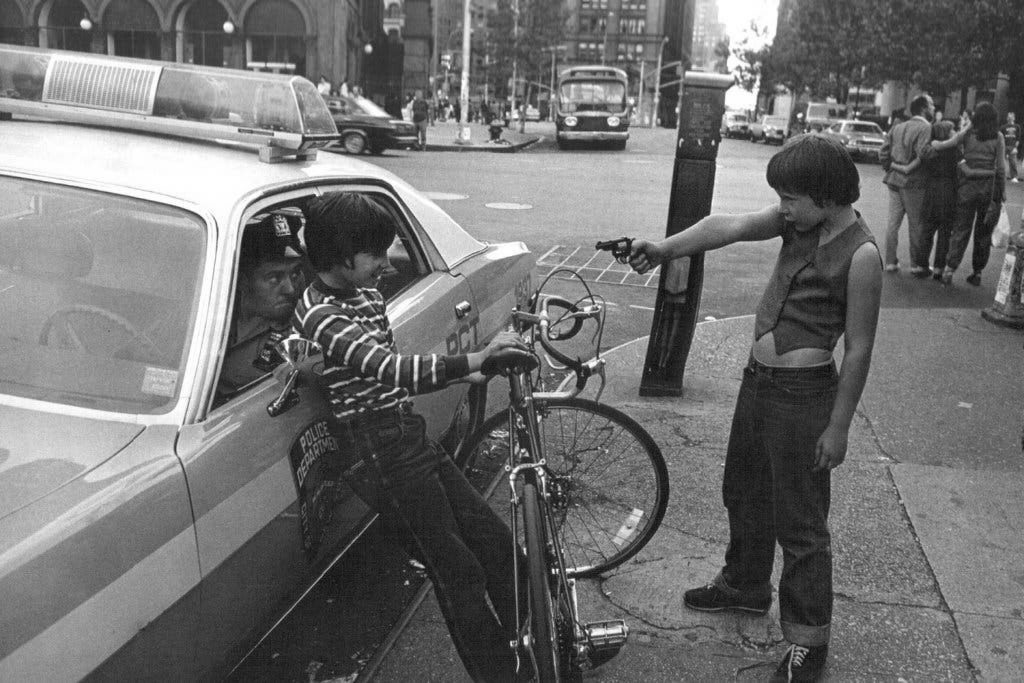
Gun Play | Jill Freedman
August 8, 2022Jill Freedman is a name you should know in the world of photography… but more than likely don’t. With a career that spanned 40 years, 7 (and counting) books and pieces acquired by major galleries, Freedman’s work connects deeply with her subjects in a manner unlike most documentary photographers.
From the very beginning, Jill was IN. She didn’t go to take photos of Resurrection City in Washington in 1968; she LIVED in the camp with the protesters for the duration of that campaign. She travelled with the circus for several months in the early 70’s to get her incredible photos of life under and around the big top. She embedded herself in the firehouses and police precincts of NYC and came out with work so beautiful and intimate that her two books on the subjects (Firehouse and Street Cops) were snapped up by first responders when they were re-released in the early 2000’s.
When Pulitzer Prize winner Studs Terkel wrote his oral history Working in 1974, Jill Freedman was who he interviewed when talking about photographers. From the first time I saw her work, I knew that there was an extreme tension in how she approached it. “Sometimes it’s hard to get started, ’cause I’m always aware of invading privacy. If there’s someone who doesn’t want me to take their picture, I don’t. When should you shoot and when shouldn’t you? I’ve gotten pictures of cops beating people. Now they didn’t want their pictures taken. (Laughs.) That’s a different thing.”[i] Freedman walked a very thin line between rooting for the underdog yet respecting authority.
You can find out more about Jill Freedman at http://www.jillfreedman.com/. Resurrection City, 1968 was recently re-published and can be found for purchase at your favorite bookstore or online. Firehouse and Street Cops are no longer in print, but used copies can be found online.
[i] Working: People Talk About What They Do All Day and How They Feel About What They Do by Studs Terkel Text © 1972, 1974 by Studs Terkel – The New Press, New York, 2004, Pg. 153-154
~ Mark Walton
Read More
Walker Evans – James R. Mellow
May 19, 2022Walker Evans
James R. Mellow
Basic Books; Revised ed. edition (Oct. 11 2001)
Walker Evans is one of the most famous American documentary photographers of the past 100 years and his images will stand for another hundred at least. While every serious photographer is familiar with his work (the best known of which was shot during the 1930’s for the U.S. Farm Security Administration as per the examples below), there have been relatively few books that discuss Evans as a man. James R. Mellow captures his complexities in this eminently readable biography, published in 2001.
What makes particularly interesting reading is Evan’s evolution as an artist, from failed student in the Mid-West US, to failed writer in Paris, to acclaimed photographer on his return to New York in the late 20’s and early 30’s. The book quotes extensively from his letters and other writings. One can almost hear him speaking… I imagine his voice to be a low pitched, slow drawl; a mix of Henry Fonda, Peter Coyote and Alan Rickman (minus the accent).
Evans comes across as dour and fatalistic, yet strangely still likeable. Much of his writing describes his unhappiness with things as they are, whether it be his annoyance with his mother, his dissatisfaction with the quality of the prints made from his negatives or his despondence about his romantic relationships. Many of his friendships with other famous artists are discussed, including Ben Shahn, Steven Crane and Hanns Skolle.
The book offers details about the trips Evans made to do his photography and specifically the trips he made with author James Agee as they worked on the seminal Let Us Now Praise Famous Men. Evans plays the role of aesthete opposite Agee’s sensualist, the collision of which resulted in a book acclaimed for its intimacy and realism… a strong documentary account of the lives of sharecroppers and their families in the American South during the Great Depression.
It is sad but somehow inevitable that Evans ends his days as somewhat of an alcoholic / academic recluse. Mellow’s reliance on Evans’ own words leave you feeling as if you really knew him, that you cared about him, but weren’t overly close to the actual man behind the photographs, because of his determination to keep people at bay.
Walker Evans by James R. Mellow is available from numerous online retailers.
~ Mark Walton
Read More
Ana Žanić – One Breath – Femme Folks Fest Repost
March 15, 2022The first time you see Ana Žanić’s watercolor and pencil artwork is like taking a sharp blow to the limbic system. Every one of your senses screams “I know this” but cannot figure out what “this” is or why it knows it. They take on the form of something both organic and subliminal, communicating to us of the past (back to pre-history) and our deeply troubled emotional state we find ourselves in through the pandemic.
Her colour palettes are very natural and gently reassuring… mother earth will take us back into her bosom and help us heal. The meticulous marks speak of long journeys past, and reach out to our future selves to remind us that we have struggled before and have overcome those obstacles… we can do it again.
I reached out to Ana and asked her a few questions.
Read More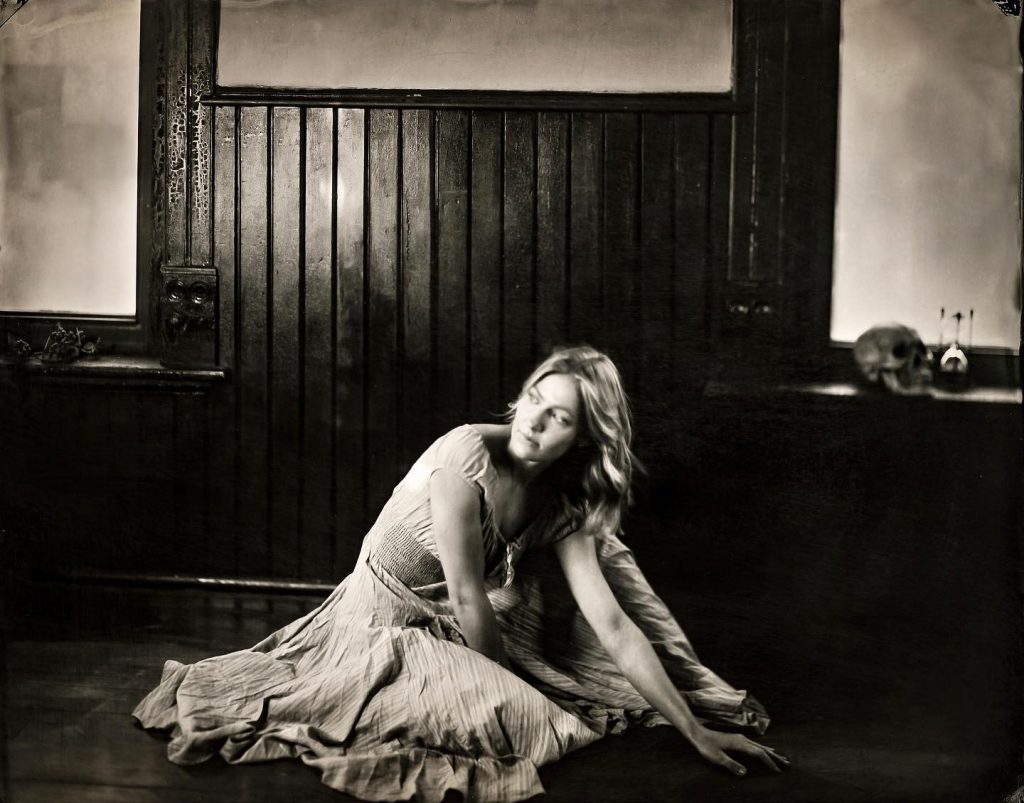
Kary Janousek – Connecting to History
March 11, 2022Kary Janousek Connecting to History Wind - Kary Janousek Kary Janousek is a prairie transplant. She found herself living in Fargo,... Read More

Liz Potter – Reference
January 11, 2022Liz Potter Reference The Power of this Land - Liz Potter Liz Potter has a big personality that is inversely reflected... Read More
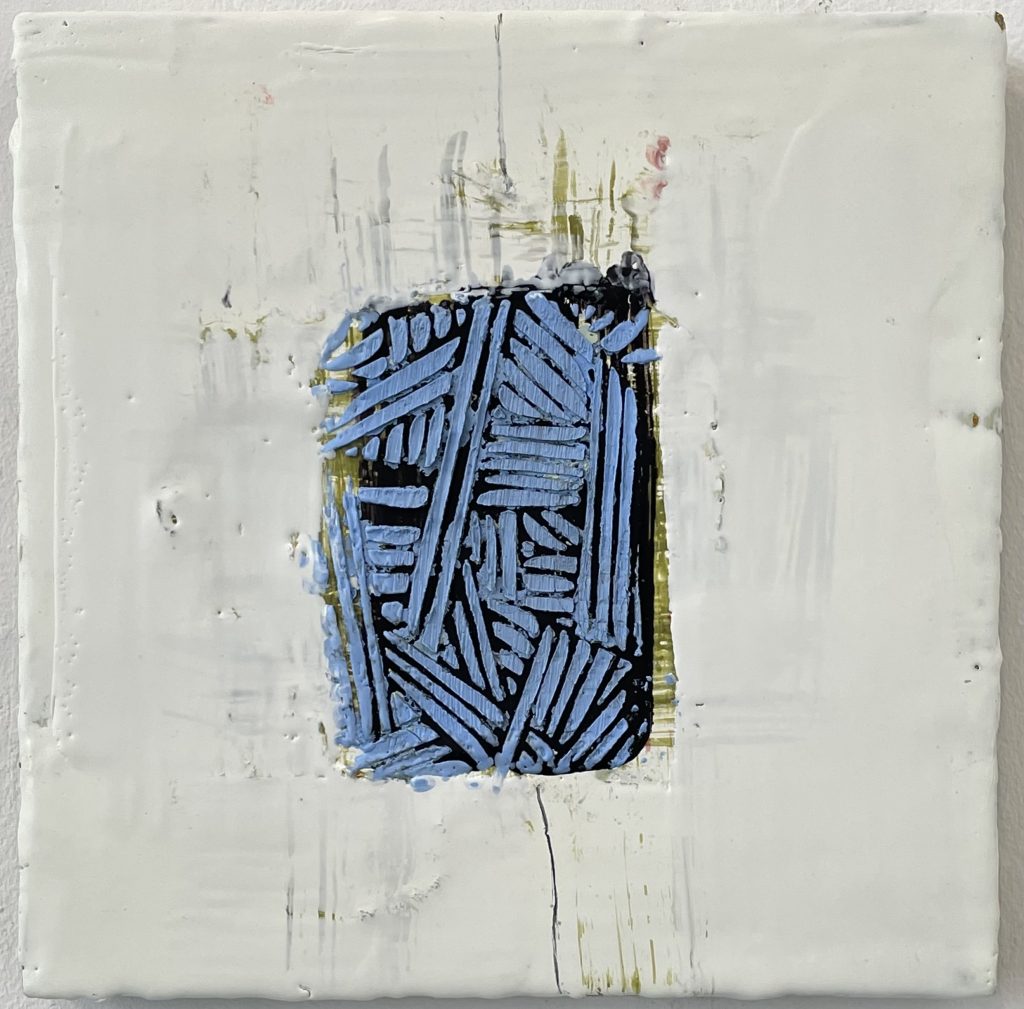
Amy Weil – Distillation
January 11, 2022Amy Weil Distillation Back in April 2021, I posted the first in our ongoing series of Curator's Picks. These were meant... Read More

Fire Caught and Portrait of an Artist (Franklin Ugochukwu) – Kary Janousek
September 7, 2021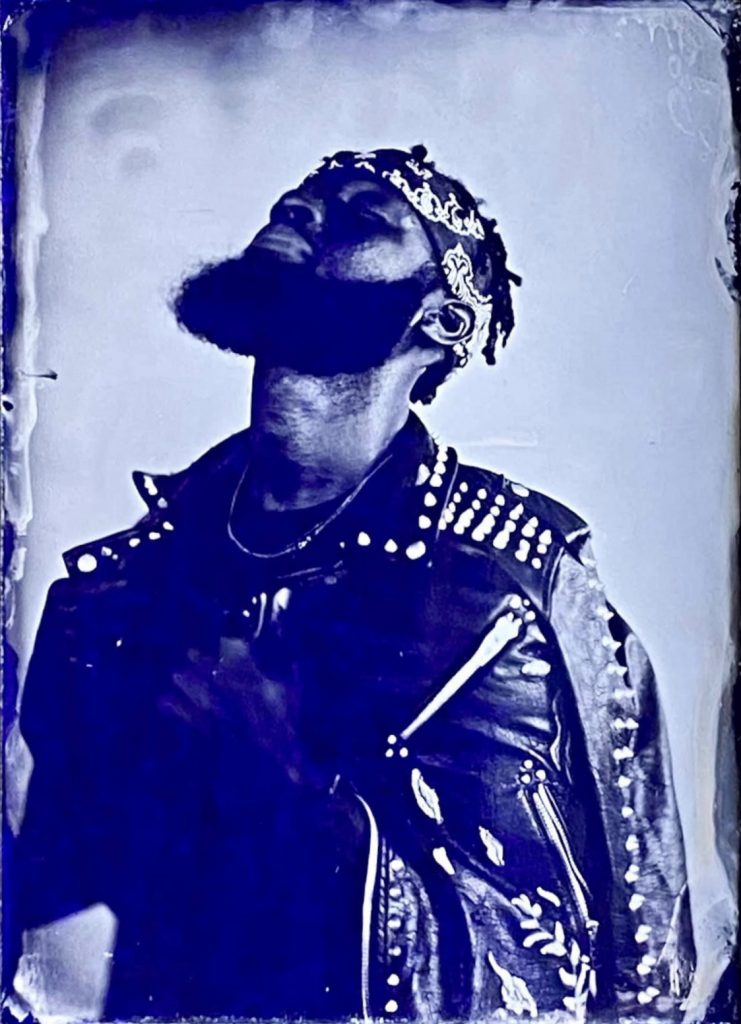
There is an ethereal look to wet plate collodion photography that is difficult to describe. It’s no wonder that people thought that early photography was a method to steal the soul of the sitter; as you can recognize the individual, but they look detached, disconnected. The camera seems to catch something more than just the image of the person… it catches their essence.
The reason for this is that these images are primarily formed by collecting the UV light radiating from the subject, a light that is invisible to the naked eye. Kary Janousek (one of 4 of the “Dakota Revivalist Photographers” using wet plate collodion in North Dakota) uses this effect to beautiful ends. Fire Caught and Portrait of an Artist (Franklin Ugochukwu) are perfect examples of the process. Many of Kary’s images have spiritual undertones that are served well by the detachment. The images are of flesh and blood seem to transcend the glass plates they are formed on.
Based in Fargo, North Dakota, Kary is likely one of the only wet plate photographers ANYWHERE with a store front enterprise… walk in to her incredible studio in the historic center of town and you can have a plate made on the spot! Recently she has started experimenting with different types of glass, creating completely unique works of art.
You can find Kary Janousek at https://highhatportraiture.com and on IG @highhatportraiture
Shane Balkowitsch is another of the Dakota Revivalist Photographers and has been previously featured on curated.
~ Mark Walton
Read More
Liz Potter – Everything is going to be okay
September 22, 2021Liz Potter’s series of panoramic self-portraits should be viewed while listening to an Aaron Copland playlist. Like the great American composer, Potter captures the expansiveness of the American frontier, or what’s left of it. She pits her everyman heroine against its searing heat, its beautiful skies and its unforgiving majesty. Small and alone, she confronts it with courage and humility, and does not fear failure or setbacks.
Read More
Ana Žanić – One Breath
May 19, 2021The first time you see Ana Žanić’s watercolor and pencil artwork is like taking a sharp blow to the limbic system. Every one of your senses screams “I know this” but cannot figure out what “this” is or why it knows it. They take on the form of something both organic and subliminal, communicating to us of the past (back to pre-history) and our deeply troubled emotional state we find ourselves in through the pandemic.
Her colour palettes are very natural and gently reassuring… mother earth will take us back into her bosom and help us heal. The meticulous marks speak of long journeys past, and reach out to our future selves to remind us that we have struggled before and have overcome those obstacles… we can do it again.
I reached out to Ana and asked her a few questions.
Read More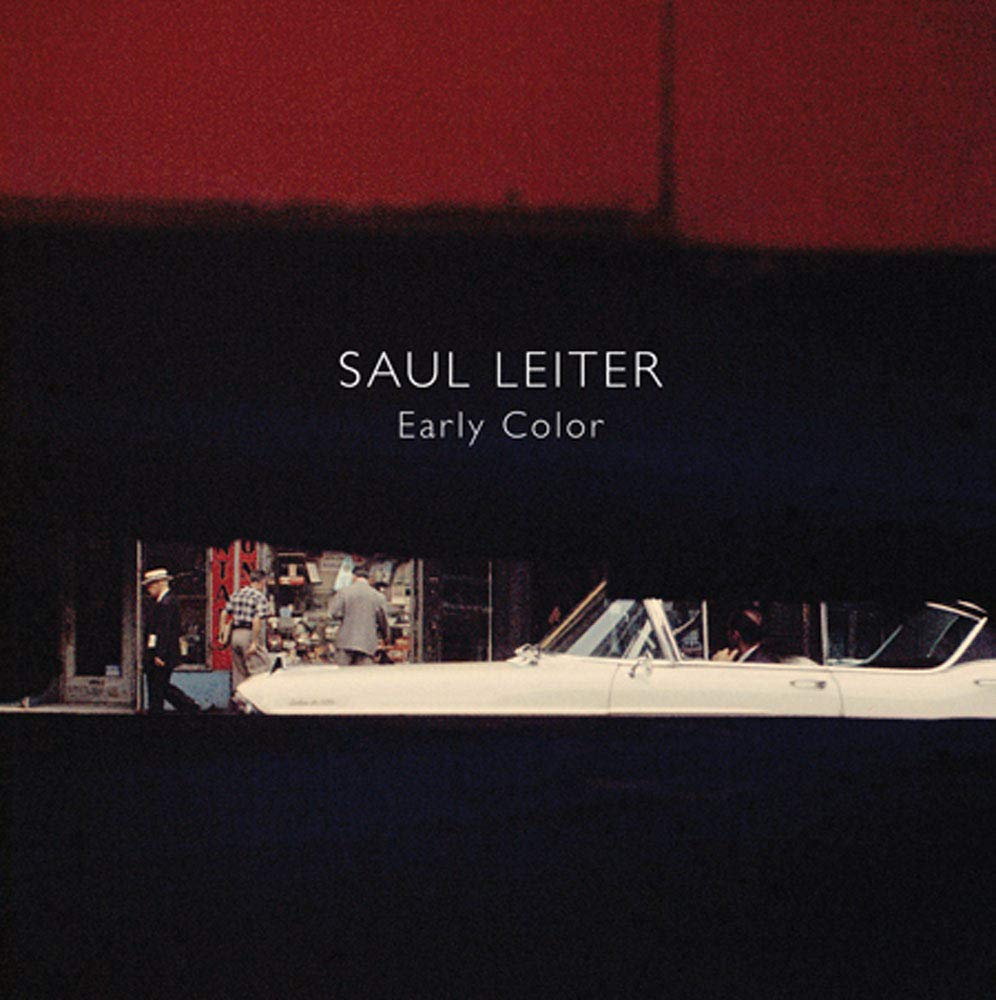
Saul Leiter Early Color
May 19, 2021Saul Leiter
Steidl
Currently Out of Print, copies available on Amazon or at specialty bookstores.
Saul Leiter – Early Color is a must have for the library of any street photographer who shoots in color. Leiter’s work is not as confrontational as that of Robert Frank and seeks to find moments of the sublime in every day life and scenes. Shooting with expired and “artisanal” films in the 1950’s gave Leiter a palette unmatched by others, making Early Color breathtaking in it’s ability to capture one with a block of red and yellow on a taxi, or to draw you in to the lives of those sitting behind a window in a New York café.
Originally a rabbinical student (Leiter’s father was an important Talmud scholar), Leiter rebelled against his parent’s hopes for him and started shooting black and white fashion photography in New York. He embraced color before many of his contemporaries.
~ Mark Walton
Read More
Recent Comments